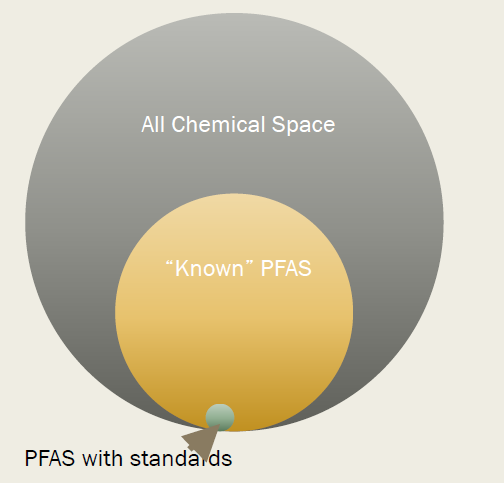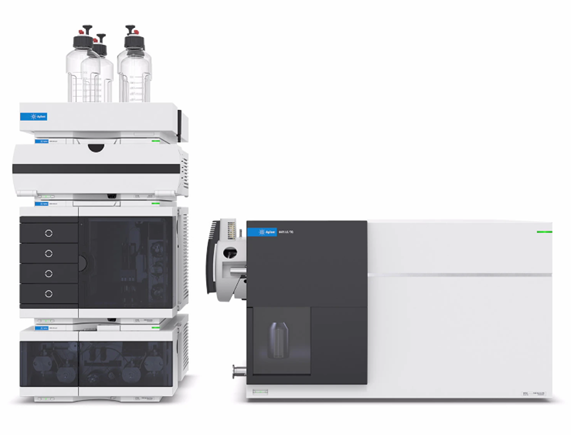PFAS Characterization and the Push for Information

PFAS are everywhere. As laboratory characterization techniques evolve, governmental entities adjust.
The secret is out and arguably overstated. Per- and poly-fluoroalkyl substances (PFAS) are everywhere. PFAS, synthetic chemical compounds with a strong polar bond, are challenging to break down, hence their nickname “forever chemicals.” Industries from healthcare to automotive utilize PFAS, which are well known to be toxic, mobile, and bioaccumulating.
You can also read Fluoropolymers Life Cycle and PFAS Contamination.
Fluoropolymers and PFAS

Fluoropolymer industry examples. Image courtesy of Adtech Polymer Engineering, Ltd.
Polymeric subsets of PFAS, known as fluoropolymers (FPs), are similarly bioinert and durable. These FPs provide industries with chemically resistant, heat resistant, and biocompatible products. Despite what we already know, there is much to learn about FPs and their impact on human health. As governmental entities increase research funding, understand new information, and adjust regulations accordingly, PFAS characterization studies become increasingly necessary. Trends in FP research methods and hardware add to the wealth of already documented information, a needed step as we navigate our best paths forward in the world of PFAS.
Compound Characterization Trends
Chemical characterization provides useful information regarding a compound of interest. Techniques such as pyrolysis-gas chromatography-mass spectrometry (pyr-GC/MS) are historically popular in providing data about the structure, size, and weight of FPs such as polytetrafluoroethylene (PTFE). As technologies advance to meet the demands of modern times, trends in elucidation methods adjust as well.
Non-Targeted Analysis and Suspect Screening Limitations

PFAS analysis. Benchmarking and Publications for Non-Targeted Analysis Working Group. https://nontargetedanalysis.org/. Courtesy of NIST tools for the analysis of Per- and polyfluoroalkyl substances (PFAS) by Benjamin J. Place.
Current targeted and non-targeted analysis techniques for characterizing PFAS and FPs include the use of online solid phase extraction (online SPE), ultra-high performance liquid chromatography (UHPLC), tandem mass spectrometry (MS/MS), high-resolution mass spectrometry (HRAM), and multiple reaction monitoring (MRM). These technologies follow methods such as EPA Method 1633, which can provide information about a given FP.
A major concern regarding Non-Targeted Analysis and Suspect Screening Analysis is the limited availability of authentic analytical standards for these compounds. There are a limited number of analytical standards available for these compounds.
The National Institute of Standards and Technology (NIST) Mass Spectrometry Data Center also compiles and measures Standard Reference Data. As a result, they can provide electronic spectral libraries of compounds that assist scientists with PFAS characterization research. As the public, government, and scientists ask more questions, technologies, and methods continue to adapt.
High-Resolution Analyses and Future Scope

Liquid Chromatograph Mass Spectrometer. Image courtesy of Agilent Technologies, Inc.
Mass spectrometry assays are a high resolution, high specificity powerful technology compared to traditional characterization assays such as FTIR. Studies such as The University of South Carolina’s research on PFAS in storm water utilizes MS/MS to inform the public about novel information on said chemical compounds. Organizations like NIST are facilitating and conducting their own studies, as well by building a database infrastructure for Mass Spectrometry
(DIMSpec), project funded by the DOD Strategic Environmental Research and Development Program (SERDP).
PFAS Characterization and the information new studies are obtaining impact legislation surrounding the use of PFAS in plastics. As the use of PFAS in plastics is regulated, alternatives must be readily available to take their place.
